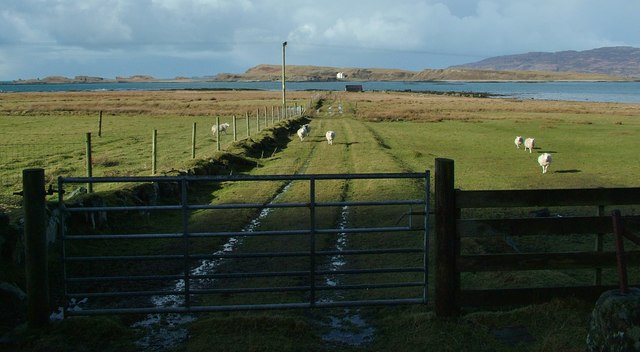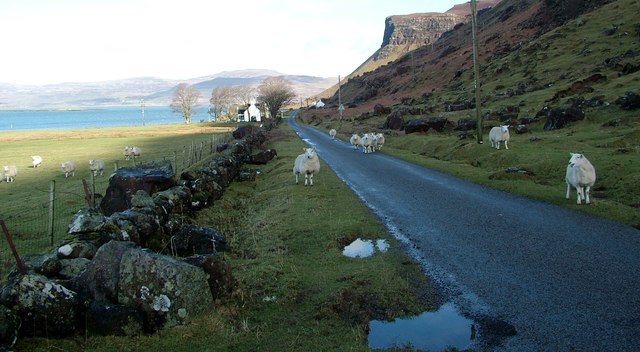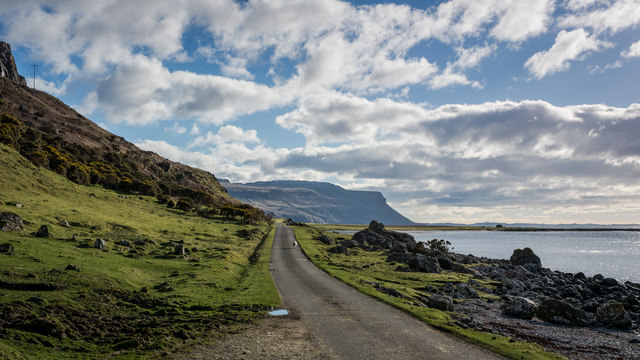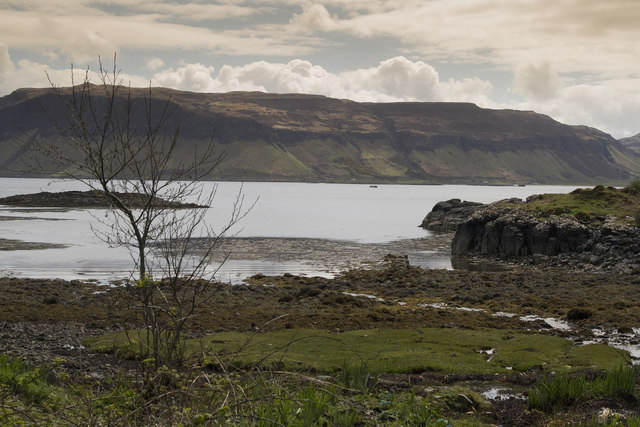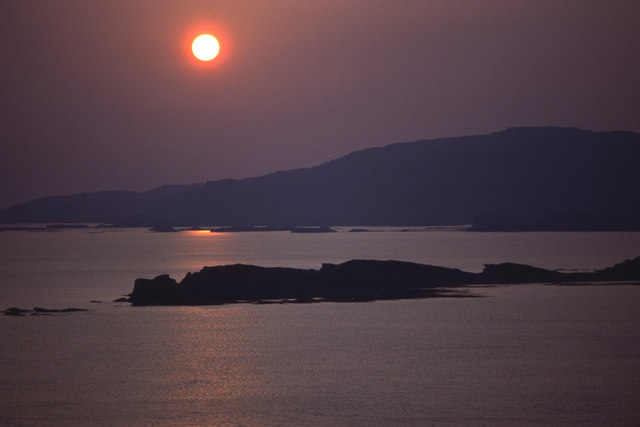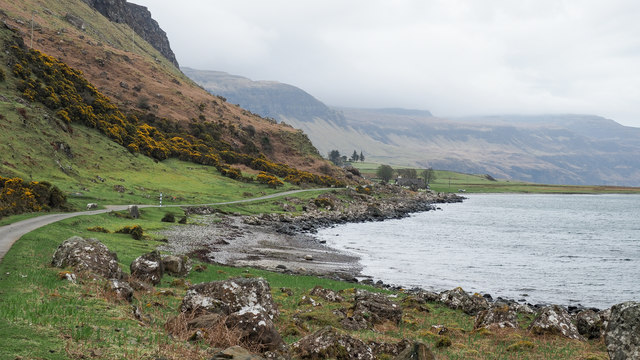Port an Ròin
Sea, Estuary, Creek in Argyllshire
Scotland
Port an Ròin
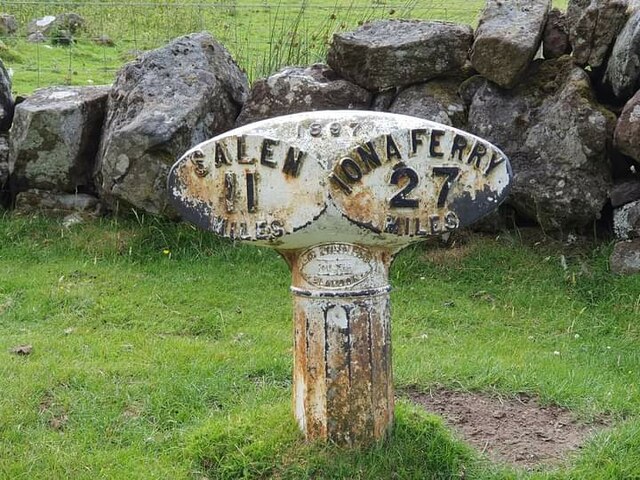
Port an Ròin, located in Argyllshire, Scotland, is a picturesque coastal settlement nestled on the shores of the North Atlantic Ocean. Situated at the mouth of a meandering estuary, this charming village is renowned for its stunning natural beauty and rich maritime heritage.
The sea plays a significant role in shaping the character of Port an Ròin. Its crystal-clear waters offer an ideal habitat for a diverse range of marine life, making it a popular destination for fishing enthusiasts and wildlife enthusiasts alike. The village's rugged coastline is dotted with rocky outcrops and sandy coves, providing ample opportunities for beachcombing, coastal walks, and water-based activities such as kayaking and sailing.
The estuary, formed by the convergence of several small rivers, is a hub of ecological significance. Its tidal cycle creates a constantly changing landscape, with mudflats and salt marshes providing a haven for wading birds and other waterfowl. Visitors can witness the mesmerizing sight of flocks of migratory birds using the estuary as a stopover during their long journeys.
A small creek winds its way through the village, adding to its enchanting charm. Local fishermen often moor their colorful boats along the creek, which serves as a focal point for the community. The creek also offers a sheltered spot for leisurely boat trips, allowing visitors to explore the waterways and catch a glimpse of the abundant wildlife that thrives in this idyllic setting.
Overall, Port an Ròin provides a tranquil retreat for those seeking a serene coastal experience. Its blend of rugged coastline, diverse marine life, and vibrant maritime culture make it a hidden gem in the heart of Argyllshire.
If you have any feedback on the listing, please let us know in the comments section below.
Port an Ròin Images
Images are sourced within 2km of 56.438075/-6.1609744 or Grid Reference NM4335. Thanks to Geograph Open Source API. All images are credited.

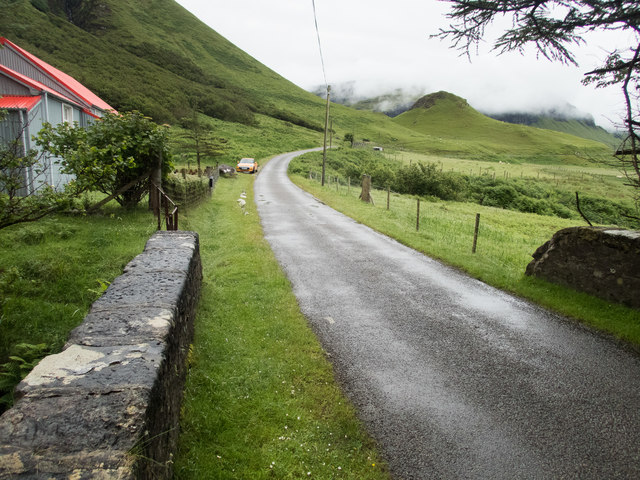
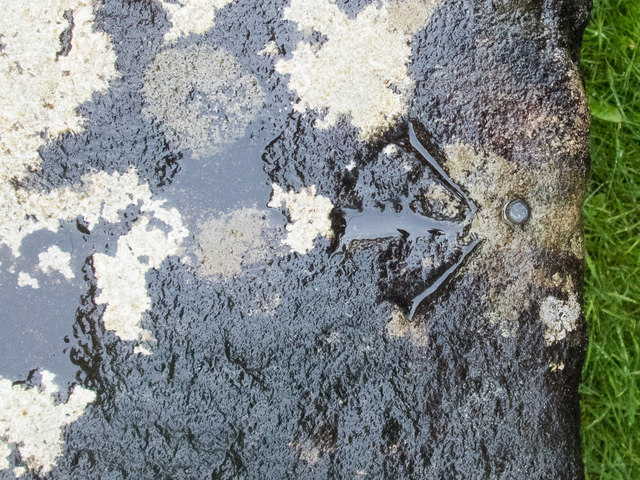
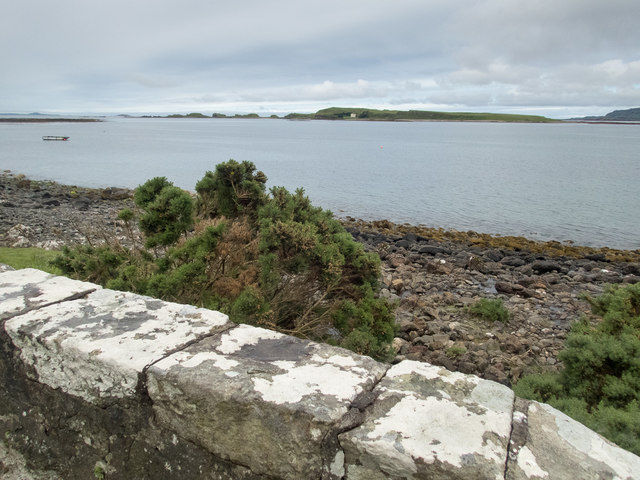
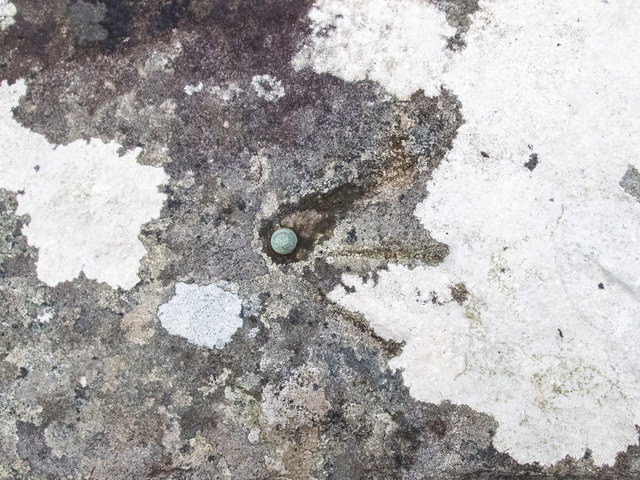
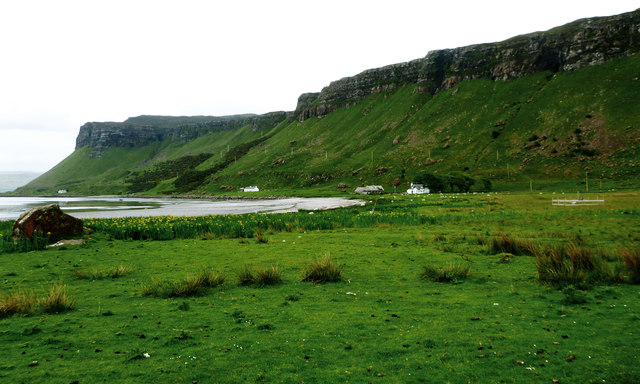

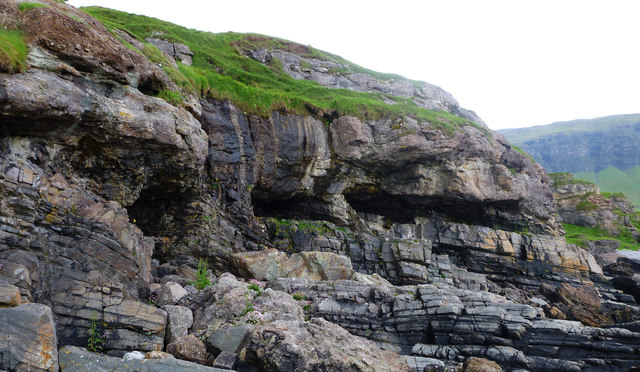
Port an Ròin is located at Grid Ref: NM4335 (Lat: 56.438075, Lng: -6.1609744)
Unitary Authority: Argyll and Bute
Police Authority: Argyll and West Dunbartonshire
What 3 Words
///stance.hill.ballooned. Near Salen, Argyll & Bute
Nearby Locations
Related Wikis
St Kenneth's Chapel
St. Kenneth's Chapel is a ruined chapel on Inch Kenneth Island, Parish of Kilfinichen and Kilvickeon, Isle of Mull, Argyll and Bute, Scotland. It dates...
Inch Kenneth
Inch Kenneth (Scottish Gaelic: Innis Choinnich) is a small grassy island off the west coast of the Isle of Mull, in Scotland. It is at the entrance of...
Samalan Island
Samalan Island is a small island, just off the Isle of Mull at the mouth of Loch na Keal in the Inner Hebrides, Scotland. To its south west is the island...
Ulva Ferry
Ulva Ferry (Scottish Gaelic: Caolas Ulbha) is a hamlet on the Hebridean island of Mull, on its west coast. Ulva Ferry is on the shore of Ulva Sound (Caolas...
Nearby Amenities
Located within 500m of 56.438075,-6.1609744Have you been to Port an Ròin?
Leave your review of Port an Ròin below (or comments, questions and feedback).
